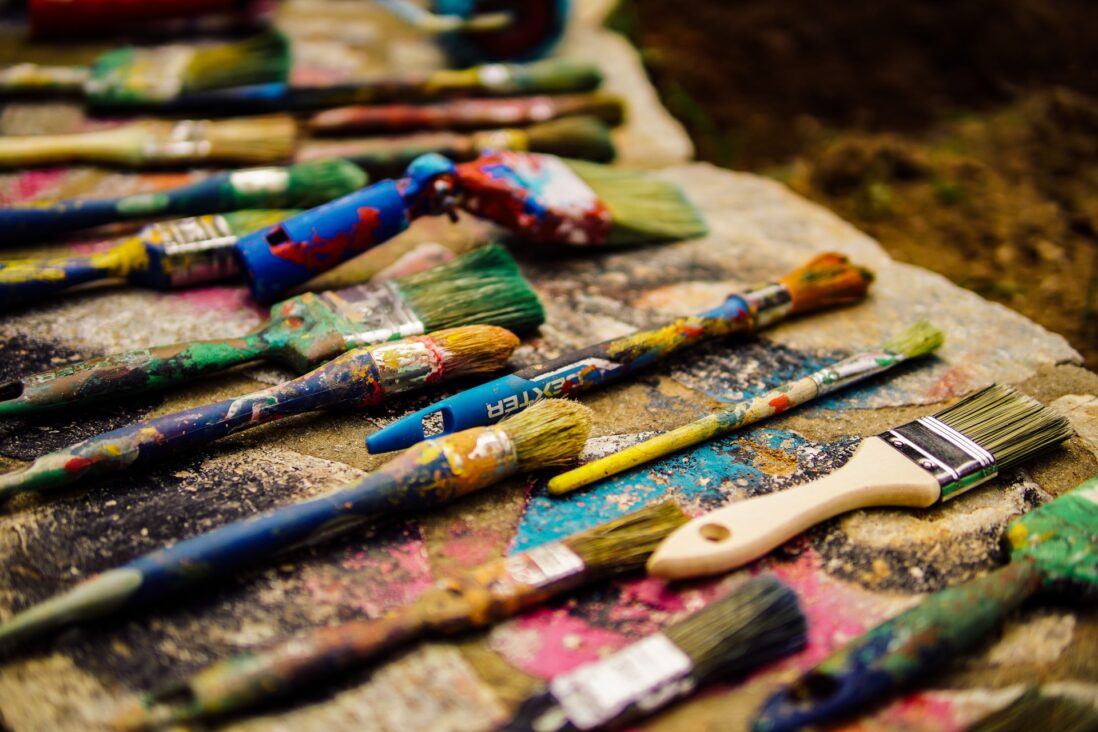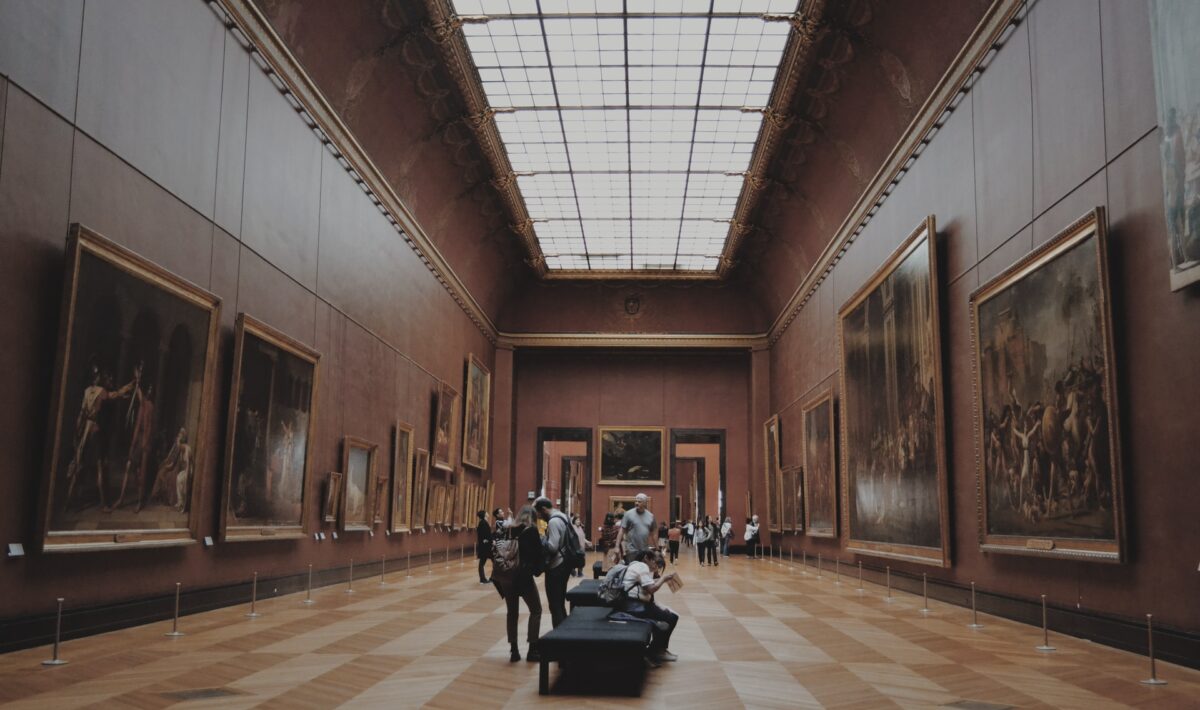The fascinating world of gambling entertainment has come to us through the ages. Since ancient times, the nobility, politicians, artists and ordinary working people have found this type of entertainment entertaining and extremely atmospheric. Artists have been inspired to such an extent that they depicted the game in their paintings. Our team, along with experts in online gambling without GamStop from the NoUKCasino website, will take a look at some of the most famous paintings in this area.
The Cheaters
Michelangelo Merisi da Caravaggio is a famous Italian painter. The artist was particularly popular for his painting, which he dedicated to gambling. It was painted in the period 1594-1596. “Cheaters” is a dramatic painting that tells the story of a naive guy who was unlucky with his partners in the game. They turned out to be a couple of cheats, as evidenced by the dagger on the belt of one of them.
Today we have to go a long way to see the painting in person. It is stored in the Art Museum in Kimball (Fort Worth, USA).
The Card Players
Some painters got so involved with gambling and the atmosphere of the poker rooms of the time that they created entire series of paintings. A prime example is a series by the French post-impressionist painter Paul Cézanne, painted between 1890 and 1896. The collection includes five paintings. Four of them are scattered in museums across Europe and the United States. The fifth was recently purchased by the Qatari authorities from a private collection. Now she is placed in the National Museum of the country.
The paintings in this series vary in the size of the canvas, the number of players represented and the general setting of the game. Although there is no accurate information about the painting process or the exact dates of creation of the paintings. But it is believed that Cézanne produced the largest canvases and then began reducing the size of the paintings. The largest painting is also the most complex. It depicts five actors: three playing cards and two more spectators behind. It is said that the spectators add depth to the painting.

At the Roulette Table in Monte Carlo
The gambling theme also attracted the expressionist painter Edvard Munch. The painter painted several paintings devoted specifically to gambling. This is not surprising, as the artist himself got a bit carried away with roulette while visiting the south of France. He was so inspired by the game that in 1892 he painted a picture that was called – “At the roulette table in Monte Carlo.
The painting perfectly captures the drama of the game and the suspense at the table. One glance is enough to get a sense of the atmosphere conveyed in the painting and the involvement of each person at the table.
To convey the drama, the artist used contrasting colours: white and black, red and green. The stylistics of the painting are characteristically synthetic, and this can be seen in the pure colours of the forms.
Dogs Playing Poker
An interesting variation of paintings to depict gambling card games was created by Cassius Marcellus Coolidge. Brown & Bigelow commissioned a series of paintings entitled ‘Dogs Playing Poker’ in the mid-1900s. His 18 paintings were a great advertisement not only for the company’s cigars but also for the already popular table game.
The canine figures in each canvas in the series have a very humanised representation. The main reason why the paintings depict dogs and not people is because Cassius was madly in love with dogs. All of the dogs are depicted with perfectly conveyed emotions on their muzzles. The canvas also beautifully conveys the atmosphere with its human-known minutiae, such as the glasses of alcohol and the smoking pipes. After all, these are all inherent in poker clubs.
Coolidge became the benchmark for kitschy art. He was imitated and even copied his work. And in 2005 two paintings from this series were sold at a share in New York for 590400 dollars!
After All
Gambling is usually seen as a way of having fun, to brighten up one’s leisure time. And they are rarely considered to be true art these days. But if you dig deeper, it is clear that gambling has long inspired writers, producers and artists to create masterpieces. Many films made about different casinos and gambling is a good example of this. And the pictures we have presented above further support the claim that gambling is part of the visual arts.

